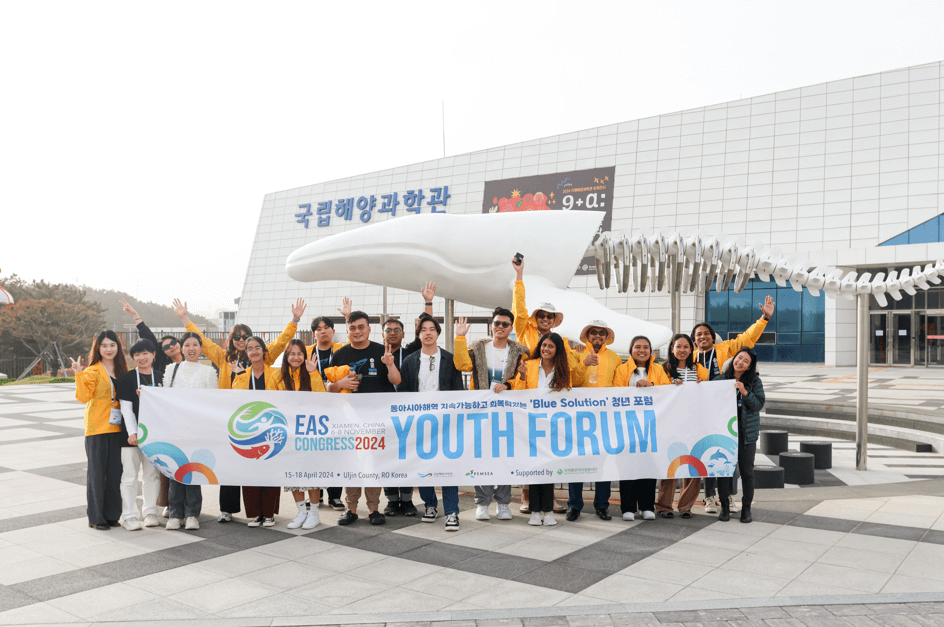Lao PDR Calls for Stronger Sustainable Water Resource Use
Tuesday, 26 October 2010

Lao PDR — With about 90 percent of the country within the Mekong River Basin, water is the main resource in Lao PDR — a major socioeconomic and cultural determinant in a country of over 6 million people. Lao PDR has the highest surface water per capita in Asia which is about 55,000 cubic meters but the increasing development activities in the country threatens the sustainable use of water resources.
Over the past two years, the Water Resource and Environment Administration (WREA) conducted consultations at the national and local levels in the country for the purpose of developing a National Water Resources Policy, Strategy and Action Plan. The draft policy aims to promote a comprehensive approach to sustainably manage water resources through stakeholder participation and assessment of the negative impacts of socioeconomic development on water resources. The policy is expected to be implemented by various ministries and sectors, under the coordination of the Lao National Mekong Committee as well as interagency coordination at the basin level. The strategy is composed of nine major programs, including: (1) institutional strengthening and coordination; (2) legislation, plans and their implementation; (3) riverbasin and sub-basin water resource planning; (4) data collection and analysis; (5) water allocation; (6) protection of water quality and ecosystems; (7) management of floods, drought and climate change; (8) financial aspects of water resource management; and (9) awareness, participation and capacity building. The draft policy is undergoing a review and approval process, which is expected to be completed by the end of the year. Upon approval of the document, the WREA, through the Department of Water Resources and with support from PEMSEA and the Korea Maritime Institute, will hold regional workshops to share the policy with various stakeholders at the local and national levels and discuss the effective implementation of the strategy and action plan over the next five years.



